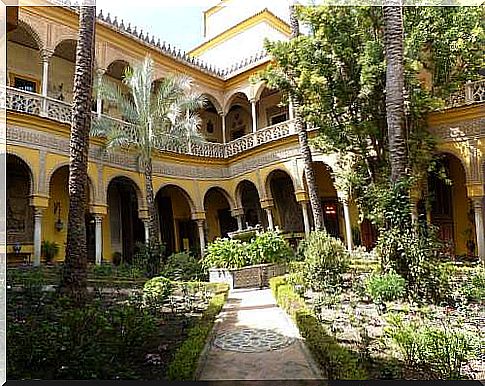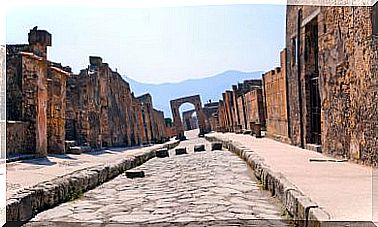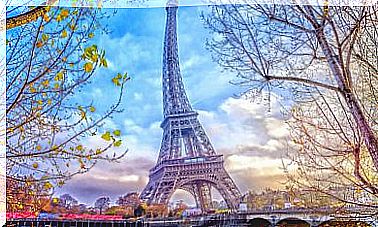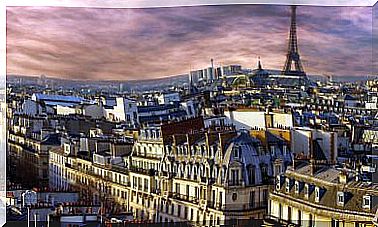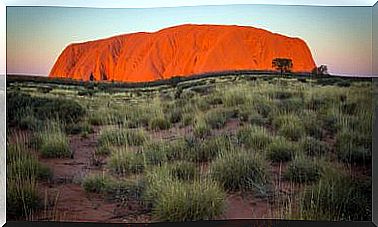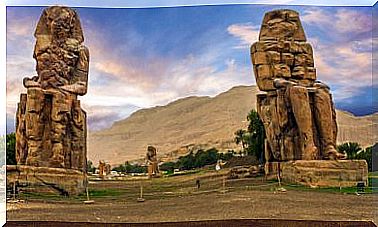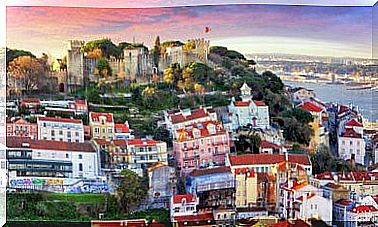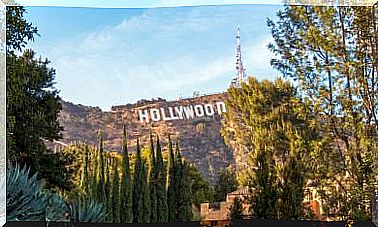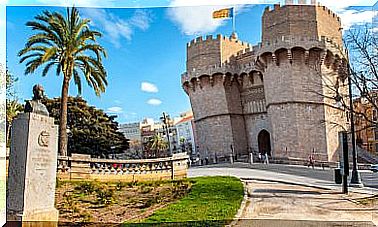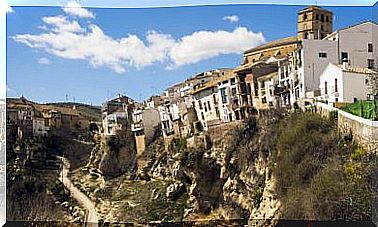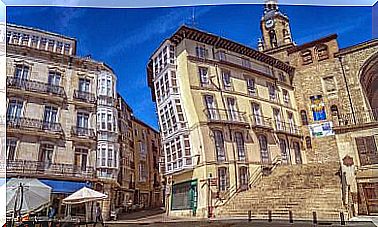We Visit The Buenavista Palace In Madrid
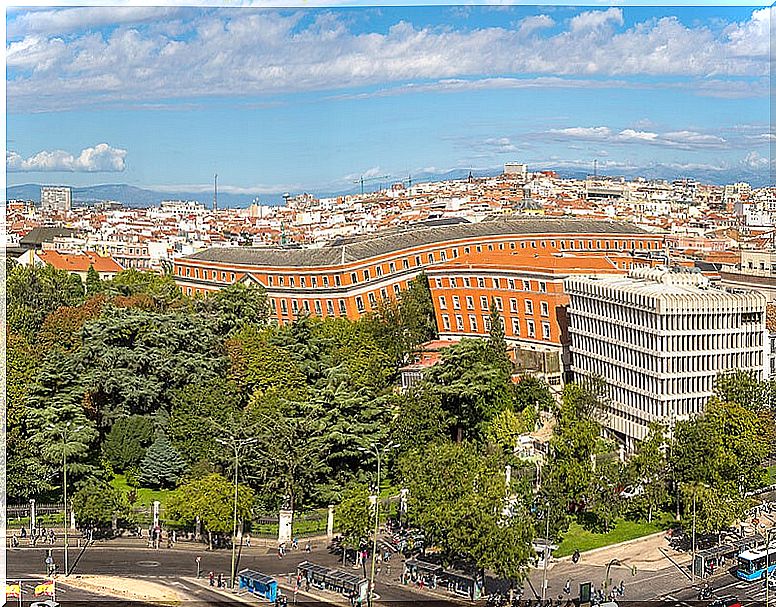
The Buenavista Palace in Madrid is perhaps one of the least known monuments in the capital of Spain. It is a palace that has undergone many renovations since its construction in 1767 and that is worth knowing both for its history and its architecture. Are you accompanying us on our visit to this fabulous construction?
The Dukes of Alba, its brand new owners
The Buenavista Palace in Madrid emerged as the residence of the Dukes of Alba in the capital of Spain. Its construction, which dates back to the 18th century, takes place on the farm called Altillo de Buenavista, which belonged to that family since 1769. Before that, it had been owned by the Crown of Spain.
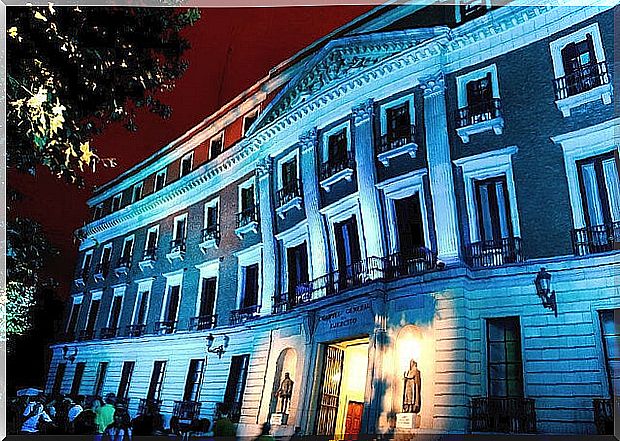
It was the residence of the Alba house until its great promoter, María del Pilar Teresa Cayetana de Silva y Álvarez de Toledo, the XIII Duchess of Alba so portrayed by Goya, died without issue. At that time the noble title passed into the hands of the Berwick lineage and the new dukes preferred to transfer their Madrid residence to the Liria palace.
In this way, the Buenavista palace ended up being disconnected from the Casa de Alba. Already in 1948, this building became the headquarters of the Ministry of War and began to undergo radical reforms and extensions to adapt it to its new use.
To his credit he has the privilege of having been the first public building in Madrid to have electricity. It was also the seat of the last council of ministers of King Alfonso XIII before his exile. In addition, General Prim died there after the attack he suffered in Calle del Turco.
The Buenavista Palace in Madrid
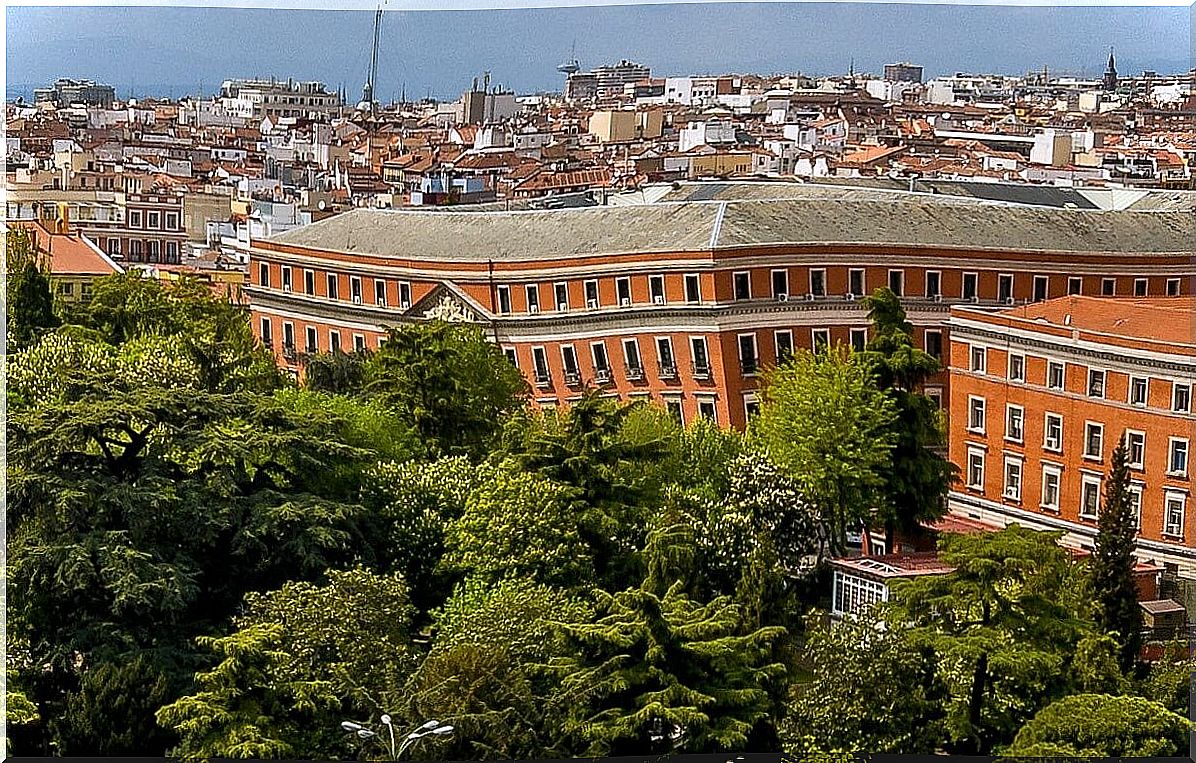
The palace dates from 1777 and combines the trends of the moment in terms of architectural taste. That is, it is neoclassical in style with Italian and French influences. Its architect, Pedro de Arnal, wanted this palace to be imposing and solid like Alba’s house.
Previously a building already existed, but it seems that this was not to the taste of Doña Cayetana, XIII Duchess of Alba at that time. She will be the one who entrusts the project to Pedro de Arnal, who builds a new building with a more urban façade. With this new palace, Doña Cayetana de Alba felt more identified.
But at the end of the 18th century the Buenavista palace suffered two fires almost simultaneously. This, in addition to irreparable losses such as the disappearance of many of the bibliographic collections of Alba’s house, caused major reforms to be carried out.
In it, some of the most important works that had this noble lineage installed. This is the case of Velázquez’s Venus in the mirror , which is now kept in the National Gallery in London, or Raphael’s La Madonna de Alba , which we can see in the National Gallery of Art in Washington.
As we pointed out, after the passage of the House of Alba to the Berwick lineage, the palace was separated from said house, passing to have military uses. At present, the area is fully urbanized and the palace is fully integrated into the city. It can be seen in the vicinity of the Plaza de Cibeles.
Visit the Buenavista palace in Madrid
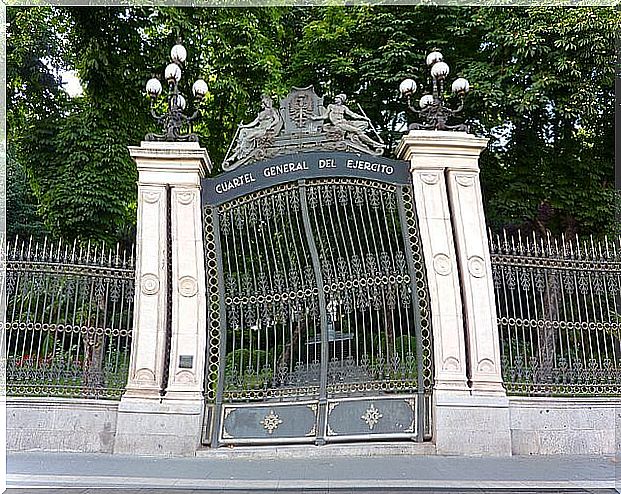
Your visit is free and can be done on Wednesday mornings, except for the days when an official or institutional act takes place. Of course, a prior authorization is required for your visit. And to get it, you have to send an email and fill out a form with which you become part of the waiting list.
It is worth doing the procedure to visit it, since its rooms continue to show part of that greatness that it must have had during the stay in the Casa de Alba. These rooms are still decorated with beautiful tapestries and rugs from the Royal Tapestry Factory of Santa Bárbara, founded in 1720 by Felipe V.
In addition, many other jewels are preserved inside. This is the case of beautiful lamps from the Royal Factory of La Granja and Louis XV, XVI and Empire style furniture.
